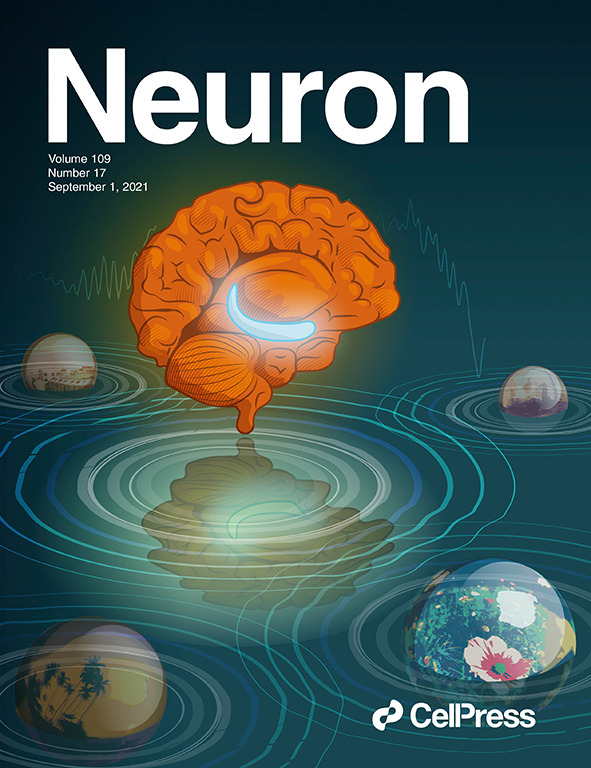EFTUD2 在大脑中的保护作用
IF 14.7
1区 医学
Q1 NEUROSCIENCES
引用次数: 0
摘要
在本期《神经元》(Neuron)杂志上,Yang等人1报告了小鼠普肯列细胞(PCs)中Eftud2缺失后出现的类似MFDM的表型,即小脑萎缩以及运动和社交障碍,这与在MFDM患者身上观察到的表型相似。Eftud2的缺失会导致Atf4的错误拼接、Scd1和Gch1的减少,并促进铁突变调节的PC死亡。本文章由计算机程序翻译,如有差异,请以英文原文为准。
A protective role for EFTUD2 in the brain.
In this issue of Neuron, Yang et al.1 report MFDM-like phenotypes in mice with deletion of Eftud2 in their Purkinje cells (PCs), namely cerebellar atrophy alongside motor and social deficits, similar to phenotypes observed in MFDM patients. The absence of Eftud2 caused mis-splicing of Atf4, reduced Scd1 and Gch1, and promoted ferroptosis-regulated PC death.
求助全文
通过发布文献求助,成功后即可免费获取论文全文。
去求助
来源期刊

Neuron
医学-神经科学
CiteScore
24.50
自引率
3.10%
发文量
382
审稿时长
1 months
期刊介绍:
Established as a highly influential journal in neuroscience, Neuron is widely relied upon in the field. The editors adopt interdisciplinary strategies, integrating biophysical, cellular, developmental, and molecular approaches alongside a systems approach to sensory, motor, and higher-order cognitive functions. Serving as a premier intellectual forum, Neuron holds a prominent position in the entire neuroscience community.
 求助内容:
求助内容: 应助结果提醒方式:
应助结果提醒方式:


